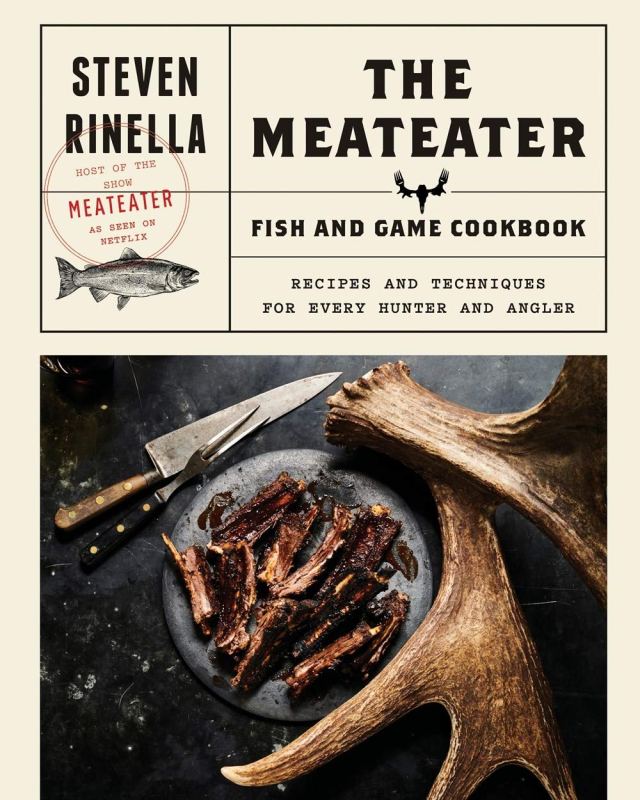
If you only know pastrami from its ubiquity in Jewish delis in the U.S., man, you’re missing out. Well, you’re not missing out — pastrami on rye from the famed Carnegie Deli in New York City is a thing of beauty — but as we here at The Manual have learned, there is so much more to the classic deli meat than meets the eye.
So what is pastrami? Pastrami’s origin story stretches back centuries, with the first iterations of what we know today coming from the Anatolian peninsula, where beef was wind-dried and preserved. The Anatolian wind-dried beef is seen as a forbearer to the Turkish bastırma et, or “pressed meat.” While this dish is seen as the original pastrami, the smoked meat we know more than likely comes to us from the Romanian tradition, where the Romanian word păstra means “to conserve food.” The Romanians, through a series of cultural hops, skips, and jumps, got their word from the Turkish.
Enough history, though. Pastrami, as we know it today, is typically made with brisket that’s brined, then smoked and boiled. The boiling process breaks down the connective tissues in the brisket, turning it into delicious meat gelatin.
If we were to stop there and just enjoy traditional pastrami, we’d be happy. But why not be happier? Why not try pastrami that’s made with something other than brisket? We got to thinking about some of the animals that recently graced our holiday tables: chicken, ham, and duck. Then, we came across The MeatEater Fish and Game Cookbook: Recipes and Techniques for Every Hunter and Angler by Steven Rinella, and we knew what pastrami we had to try: wild goose pastrami.
We figured that if we could trust anyone to do pastrami made from an animal other than cow, it would be Rinella, as he is the author of multiple books that all focus on various types of meats (and how to hunt, prepare, and eat them), as well as the host of the podcast and Netflix series by the same name.
Below, check out Rinella’s recipe for Wild Goose Pastrami, and get ready to blow your guests away.
Wild goose pastrami recipe
(Serves 4-6)
Ingredients for the cure
- 1/4 cup Morton’s Tender Quick
- 1/4 cup freshly ground black pepper
- 1/4 cup packed dark brown sugar
- 2 tablespoons granulated garlic
- 2 teaspoons ground coriander
- 2 teaspoons onion powder
- 2 teaspoons dried thyme
Ingredients for the rub
- 3 tablespoons freshly ground black pepper
- 1 teaspoon ground coriander
- 1 teaspoon granulated garlic
- 1/2 teaspoon onion powder
- 1/2 teaspoon smoked paprika
- 1/2 teaspoon dried thyme
Ingredients for the goose
- 2 goose breasts (about 1 pound each)
- Mustard + pickles, for serving
Method
- For the cure: Mix the Morton’s Tender Quick, pepper, brown sugar, granulated garlic, coriander, onion powder, and thyme in a small bowl.
- For the rub: Mix the pepper, coriander, granulated garlic, onion powder, paprika, and thyme in a small bowl.
- Rub the goose breasts heavily with the cure, making sure to cover the whole piece of meat. Place in a reusable bag and add the remaining cure on top of the meat. Remove as much air as possible from the bag and refrigerate for 3 days. Flip the bag once each day. After 3 days, remove the meat from the bag and rinse it thoroughly. Soak the goose breasts in cold water for 30-45 minutes to remove all the cure. Remove the goose from the water and pat dry with paper towels.
- Rub the goose breasts with the spice rub on all sides. Prepare a smoker with fruitwood to 225 degrees Fahrenheit and place the breasts skin-side down on the smoker racks. Smoke until the internal temperature reaches 150 degrees Fahrenheit, 1 1/2 to 3 hours. Rest for 10 minutes. Slice the meat against the grain. Serve with your favorite mustard and pickles.
- The pastrami will keep in the refrigerator for up to two weeks or i can freeze in vacuum-sealed bags for up to six months. To reheat after refrigerating, slice very thinly across the grain and put the meat into a very hot saute pan. Toss a few times to start to release the fat, about 1 minute, and then add 1/4 cup of water and cover for another 1 minute to 1 1/2 minutes, tossing a few times. This steam method keeps the meat moist and allows the flavors of the crust to coat the entire slice of meat.
Want more recipes? Pick up the book for you or someone you love (and who will cook for you). Making this recipe and need a smoker? Check out this list for the best ones out there.

Other ways to use your wild goose pastrami
The savory and smoky flavor of your wild goose pastrami can go beyond classic Reuben sandwiches. Here are some creative ways to incorporate it into other meals.
- Pastrami nachos: Layer tortilla chips with pastrami, cheese, and your favorite toppings like pickled jalapenos, onions, and sour cream. Bake until cheese is melted and bubbly.
- Pastrami deviled eggs: Deviled eggs get a savory twist with chopped pastrami mixed into the filling.
- Pastrami pinwheels: Spread cream cheese and Dijon mustard on flatbread, top with pastrami and sliced pickles, roll up, and slice into bite-sized pieces.
- Chopped salad: Add chopped wild goose pastrami to a salad with mixed greens, cherry tomatoes, cucumbers, and a vinaigrette dressing.
- Ramen: Elevate your ramen game by adding shredded pastrami and a soft-boiled egg.
- Pastrami mac and cheese: Mix chopped wild goose pastrami into your mac and cheese recipe for a smoky and delicious surprise.
- Pastrami pot pie: Create a savory pot pie filling with pastrami, potatoes, peas, and carrots.
- Pastrami hash: Dice leftover pastrami and fry it with potatoes, onions, and peppers for a hearty breakfast or brunch.
These are just a handful of ideas to get you started. With its bold flavor and versatility, your wild goose pastrami can be incorporated into countless dishes to add a unique and delicious twist.



